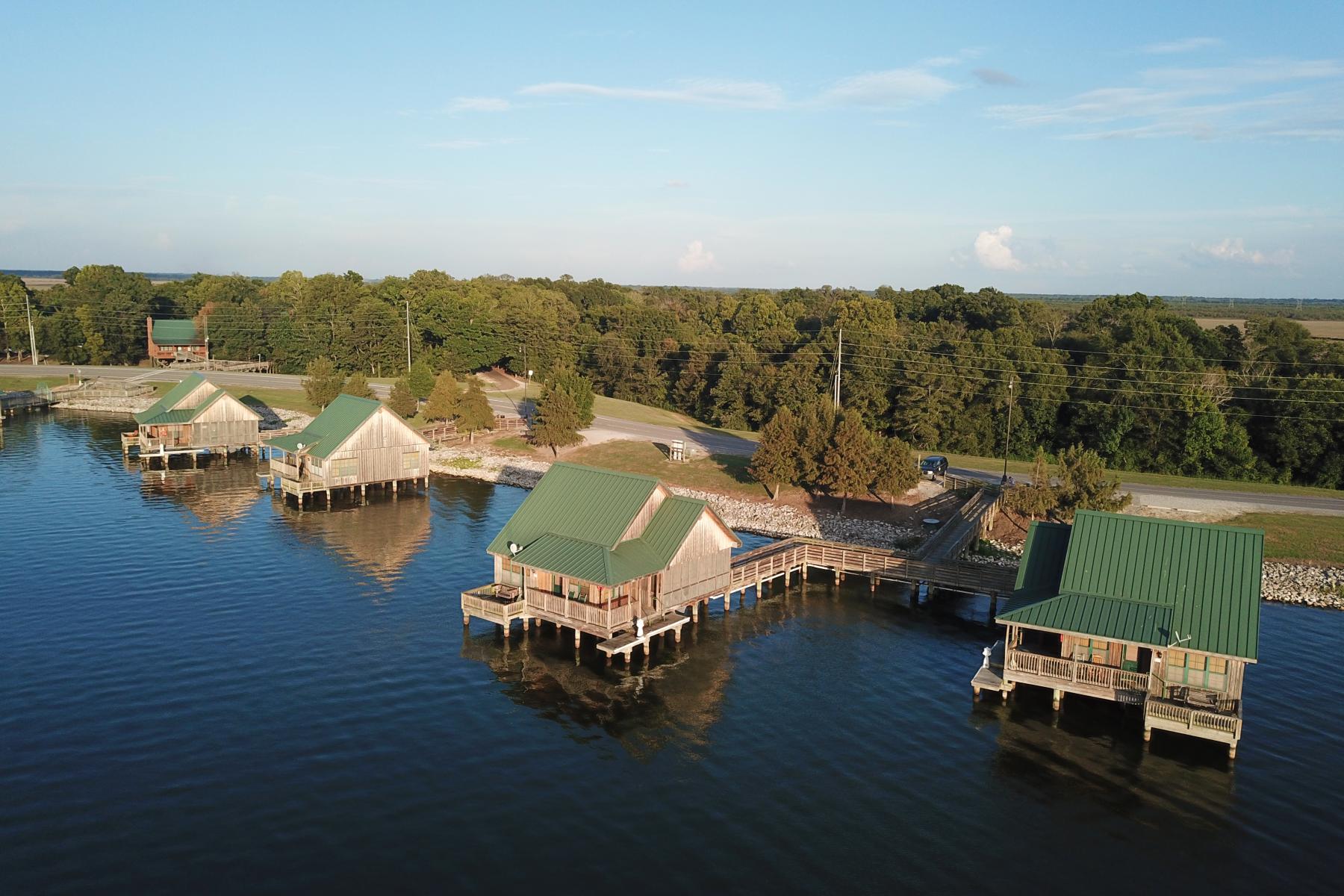Mysteries Of Louisiana’s Poverty Point

Have you ever heard of Poverty Point in Louisiana? This ancient site is a hidden gem that tells stories of a civilization long gone. Located in the northeastern part of the state, Poverty Point is a UNESCO World Heritage Site. It dates back over 3,000 years, making it older than the pyramids of Egypt! The site features massive earthworks, including mounds and ridges, built by Native Americans. These structures were used for ceremonies, trade, and daily life. Visiting Poverty Point is like stepping back in time. You can walk the trails, see the mounds, and imagine what life was like for the people who lived there. Whether you're a history buff or just curious, this site offers a unique glimpse into the past.
What is Poverty Point?
Poverty Point is a fascinating archaeological site in northeastern Louisiana. This ancient place is a window into the lives of people who lived over 3,000 years ago. They built massive earthworks and mounds, which still puzzle scientists today. Let's look at some of the most intriguing spots at Poverty Point.
The Enigmatic Mounds
These mounds are not just piles of dirt. They are carefully constructed structures with unknown purposes. Each one has its own story and mystery.
Mound A
This is the largest mound at Poverty Point. It stands tall and wide, resembling a bird in flight. Some believe it was used for ceremonies or as a gathering place. Its sheer size makes it a wonder of ancient engineering.Mound B
Smaller than Mound A, this one is still impressive. Its purpose remains unclear, but it might have been used for special events or as a lookout point. The view from the top is breathtaking.Mound C
This mound is unique because of its shape. It looks like a giant earthen ridge. Some think it was part of a larger complex or served as a boundary marker.
The Mysterious Earthworks
The earthworks at Poverty Point are a series of ridges and pathways. They form a complex pattern that can only be fully appreciated from above.
The Ridges
These concentric ridges are a marvel. They might have been used for housing or as a marketplace. Walking along them feels like stepping back in time.The Plaza
At the center of the ridges lies a vast open area. This plaza could have been a communal space for gatherings, trade, or ceremonies. Its size suggests it was an important part of life at Poverty Point.
The Artifacts of Poverty Point
Artifacts found here give clues about the people who lived at Poverty Point. They tell stories of trade, daily life, and culture.
Stone Tools
Many tools made from stone have been uncovered. These tools show that the people were skilled craftsmen. They traded with distant communities to get the materials they needed.Clay Cooking Balls
These small clay balls were used in cooking. They reveal how the people prepared their food and hint at their diet.Jewelry and Ornaments
Beautifully crafted beads and pendants have been found. These items suggest that the people valued personal adornment and had a sense of style.
The Significance of Poverty Point
Poverty Point is more than just an archaeological site. It is a testament to the ingenuity and creativity of ancient people. Understanding its mysteries helps us appreciate the complexity of early societies.
Understanding the Significance of Poverty Point
Poverty Point stands as a testament to the ingenuity of ancient cultures. This archaeological site, located in Louisiana, offers a glimpse into the lives of a complex society that thrived over 3,000 years ago. Its massive earthworks and intricate design reveal a community with advanced knowledge of engineering and trade. The site's artifacts, including tools and decorative items, highlight the extensive trade networks that connected Poverty Point to distant regions. This remarkable site challenges our understanding of prehistoric North America, showing that sophisticated societies existed long before European contact. Visiting Poverty Point allows us to appreciate the rich history and cultural achievements of its inhabitants. As we continue to study and preserve this site, we gain valuable insights into the past, reminding us of the enduring legacy of those who came before us. Poverty Point remains a vital piece of our shared human history.

